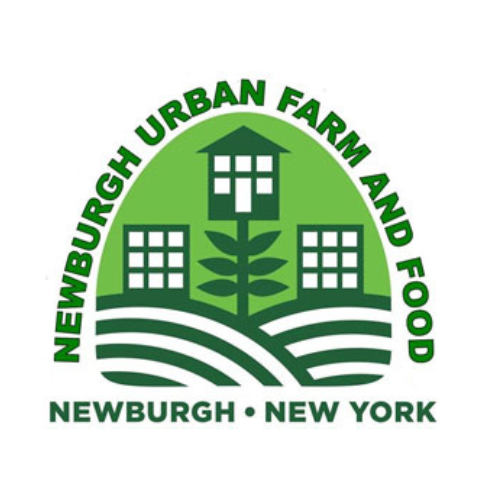What to Grow in Containers This May & June
Spring in Newburgh is in full swing, and if you’re short on yard space—or love the flexibility of pots—you’re in luck.
Container gardening is perfect for patios, balconies, windowsills, and even stoops. By choosing the right crops, you can enjoy fresh, home-grown produce all summer long. Here’s what you can plant in May and June, plus tips to help your containers thrive.
Timing Is Everything
Last Frost Date: In our area, the average last frost falls around mid-May. Wait until after May 15 to move tender seedlings outside, or give them a few warm days of hardening off.
Soil Temperature: Most warm-season crops need soil above 60°F. Use a digital soil thermometer to check, or simply tuck a finger into the soil—if it feels cozy, you’re good to go.
Top Vegetables for Containers
Cherry & Patio Tomatoes
Why: Compact varieties like ‘Patio Princess’ or ‘Small Fry’ produce big yields without sprawling vines.
Tip: Use 5- to 7-gallon pots with sturdy cages or stakes.
Peppers (Sweet & Hot)
Why: Peppers love warm weather and do well in 3- to 5-gallon containers.
Tip: Position in the sunniest spot you have—at least 6 hours of direct light.
Leafy Greens
Why: Lettuce, spinach and baby kale mature quickly—often in just 30 days.
Tip: Sow successively every two weeks for a continuous harvest through June and beyond.
Radishes & Baby Carrots
Why: These root veggies are quick to mature and don’t need deep pots (6–8 inches is fine).
Tip: Keep soil consistently moist to encourage straight roots.
Must-Have Herbs
Basil: Plant after nighttime temps stay above 55°F. Harvest tips regularly to encourage bushiness.
Parsley & Cilantro: Both grow well to 6-inch pots—keep soil moist and pinch off flowers to prolong leaf production.
Chives and thyme are perfect for windowsills or small planters. They’ll perk up everything from salads to soups.
Mint: Grow in its own container to prevent it from overtaking other plants.
A Few Fruity Treats
Strawberries: ‘Albion’ and ‘Seascape’ day-neutral types fruit all season in hanging baskets or shallow containers.
Dwarf Melons & Cucumbers: Look for patio or bush varieties specifically bred for pots; they’ll trail over the edge and save space.
Add Some Flowers for Pollinators & Pest Control
Marigolds: Bright blooms deter aphids and nematodes.
Nasturtiums: Edible flowers that attract beneficial insects and discourage squash bugs.
Petunias: Long-blooming color that also keeps whiteflies at bay.
Container Care 101
Choose the Right Pot:
Minimum 12 inches across for most vegetables; deeper pots (8–12 inches) for root crops.
Ensure ample drainage holes—elevate pots on feet or bricks for air circulation.
Use Quality Soil Mix:
A blend labeled “container mix” or “potting mix” holds moisture without becoming waterlogged.
Amend with a slow-release granular fertilizer at planting, then switch to liquid feed every 2–3 weeks.
Water Wisely:
Containers dry out faster than garden beds. Check soil daily by pressing your finger an inch into the mix—if it’s dry, water until it drains out the bottom.
Morning watering is best to reduce disease risk.
Sunlight & Placement:
Most edibles need 6–8 hours of direct sun. Observe your patio or balcony over a day to find the sunniest spot.
Rotate pots every week so all sides receive equal light.
Keep an Eye on Pests:
Inspect foliage daily for aphids, flea beetles, or slugs.
Hand-pick, rinse with a strong spray of water, or apply organic insecticidal soap as needed.


